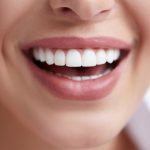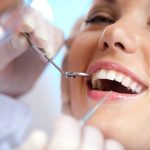Why Won’t My Teeth Whiten? Common Causes and Effective Solutions
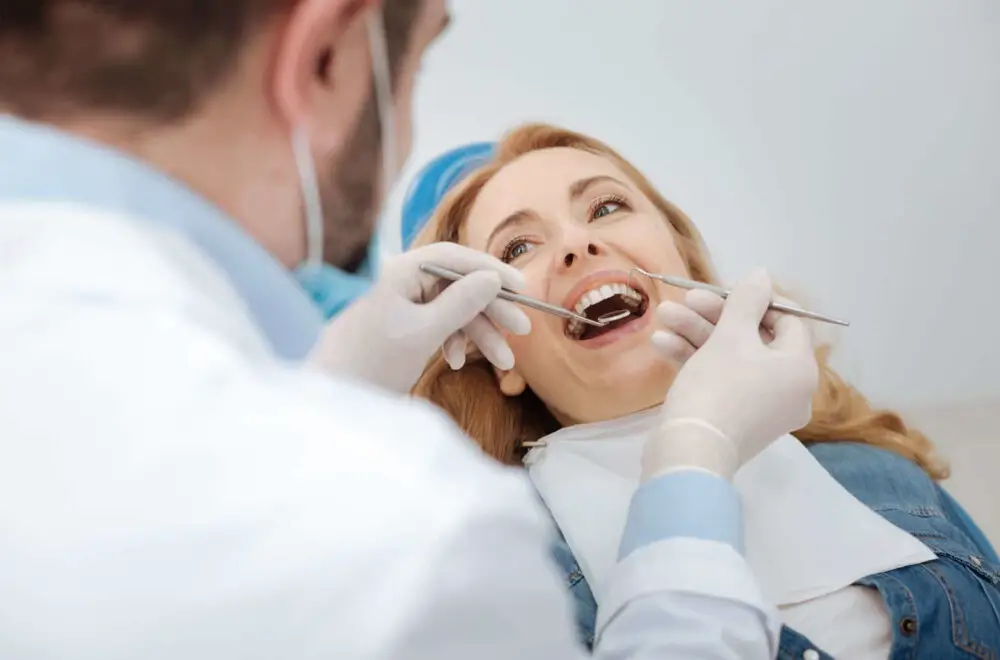
A bright, white smile is often considered a sign of good dental hygiene and health. However, despite regular brushing, flossing, and even professional teeth whitening treatments, some individuals may find that their teeth remain discolored or stained. This can be frustrating and may even cause embarrassment or self-consciousness. Fortunately, there are common causes for teeth discoloration and effective solutions that can help achieve a brighter, whiter smile. One of the most common causes of teeth discoloration is the consumption of certain foods and beverages, such as coffee, tea, red wine, and dark-colored fruits or juices. These items contain pigments that can seep into the enamel of the teeth, causing stains and discoloration over time. Additionally, smoking and tobacco use can also contribute to teeth discoloration. While reducing or eliminating these habits can help prevent further staining, there are also effective solutions available, such as whitening toothpaste or professional teeth whitening treatments, that can help remove stubborn stains and restore the natural brightness of teeth.
The desire for whiter teeth has become increasingly popular in recent years, with many people striving for a brighter, more confident smile. There are a variety of reasons why people seek whiter teeth, including the desire to improve their appearance, boost their self-esteem, and enhance their overall oral health. Some individuals may also feel pressure to conform to societal beauty standards, which often prioritize white teeth as a marker of attractiveness. While there are many effective solutions for achieving whiter teeth, it is important to address the underlying causes of tooth discoloration and maintain a healthy oral hygiene routine in order to achieve optimal results.
The article \Why Won’t My Teeth Whiten: Common Causes and Effective Solutions\ provides a comprehensive overview of the reasons why teeth may not whiten despite using various whitening methods. The article discusses common causes such as genetics, age, and certain medications, and how they can affect the effectiveness of teeth whitening. Moreover, the article also addresses the different types of teeth whitening products and treatments available, including over-the-counter products and professional whitening procedures. The article concludes by providing effective solutions that can help improve the whiteness of teeth, such as maintaining good oral hygiene, avoiding certain food and drinks, and seeking professional dental advice. Overall, the article provides useful insights into the various factors that can affect the whitening of teeth and how to overcome them.
Common Causes of Tooth Discoloration
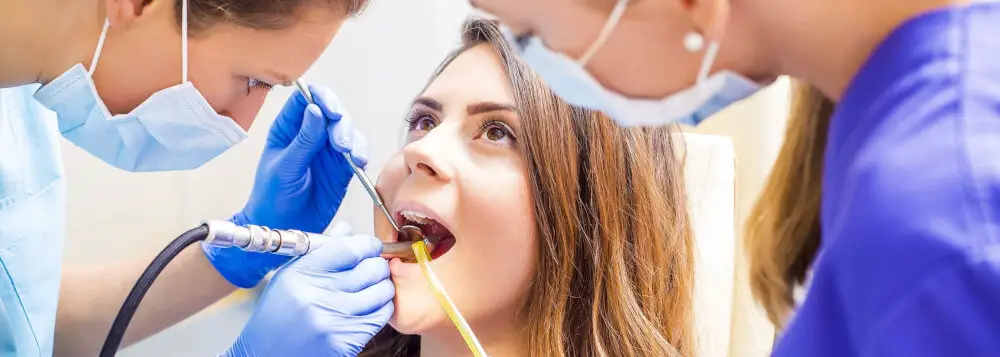
Tooth discoloration is a common dental problem that affects many individuals. It can occur due to a variety of reasons such as aging, genetics, poor oral hygiene, and consumption of certain foods and drinks. One of the most common causes of tooth discoloration is the consumption of tea, coffee, red wine, and tobacco products. These substances contain pigments that can stain the teeth over time, resulting in yellow or brown discoloration. Additionally, acidic foods and drinks can erode the enamel, making it easier for stains to penetrate the tooth surface. Another common cause of tooth discoloration is poor oral hygiene. When plaque and tartar accumulate on the teeth, they can cause the teeth to appear yellow or brown. This is because bacteria in plaque and tartar can produce acids that can erode the enamel and cause discoloration. Furthermore, poor oral hygiene can lead to gum disease, which can cause the gums to recede and expose the tooth roots. This can result in a yellow or brown appearance of the teeth, as the roots have a darker color than the enamel. Therefore, it is important to maintain good oral hygiene practices, such as brushing twice a day, flossing daily, and visiting the dentist regularly, to prevent tooth discoloration.
Tooth discoloration can be broadly categorized into two types: intrinsic and extrinsic. Intrinsic tooth discoloration occurs when the inner structure of the tooth, known as dentin, becomes discolored or darkened. This can happen due to various reasons such as exposure to certain medications like tetracycline during tooth development, trauma, infection, or aging. Extrinsic tooth discoloration, on the other hand, occurs when the outer layer of the tooth, known as enamel, gets stained or discolored due to external factors like consuming dark-colored foods or beverages, smoking, or poor oral hygiene. While extrinsic tooth discoloration can often be effectively treated with professional teeth whitening treatments, intrinsic discoloration may require more intensive treatment options like veneers or crowns.
There are several common causes of teeth discoloration that can impact the brightness of your smile. One of the most prevalent causes is aging, as the enamel on your teeth naturally wears down over time, revealing the yellowish dentin underneath. Smoking tobacco is another leading cause of yellow teeth, as the nicotine and tar in cigarettes can quickly stain your enamel. Certain foods and drinks, such as coffee, tea, red wine, and dark-colored berries, can also leave behind stubborn stains on your teeth. While these causes may seem unavoidable, there are several effective solutions available to help whiten your teeth and restore your smile’s radiance.
Inadequate Teeth Cleaning Habits
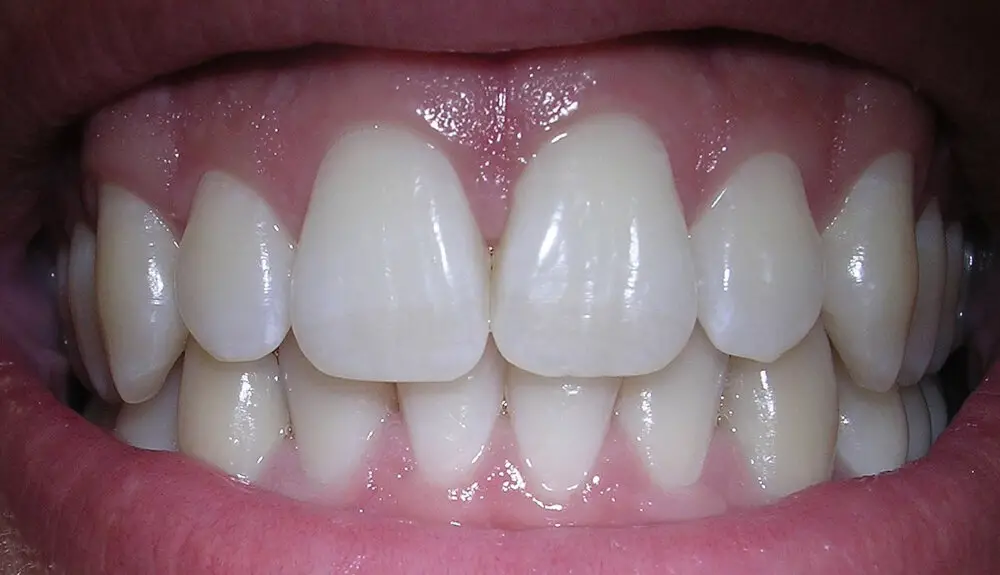
Inadequate teeth cleaning habits can be a significant cause of tooth discoloration and staining. Poor oral hygiene practices lead to the accumulation of plaque and tartar on the teeth, which can cause yellowing and brownish stains. Brushing regularly and flossing are essential for removing food particles and plaque that can cause tooth discoloration. However, using toothpaste that is too abrasive or brushing too hard can also damage the tooth enamel, leading to a dull and discolored appearance. It is crucial to use gentle brushing techniques and toothpaste that is specifically designed for removing surface stains to ensure that teeth remain bright and healthy. In addition to brushing and flossing, a healthy diet is also essential for maintaining bright and white teeth. Foods that are high in sugar and starch can cause the buildup of plaque and tartar on the teeth, leading to discoloration and staining. Foods that are high in calcium, such as dairy products, can help to strengthen tooth enamel and prevent discoloration. Drinking plenty of water throughout the day can also help to rinse away food particles and prevent the buildup of plaque on the teeth. By following good oral hygiene practices and maintaining a healthy diet, individuals can prevent tooth discoloration and maintain a bright and healthy smile.
Poor oral hygiene is a major cause of tooth discoloration. When individuals fail to brush and floss their teeth regularly, they allow plaque, bacteria, and food particles to accumulate on their teeth, which can lead to the formation of tartar. Tartar is a hard, yellow or brown deposit that can cause teeth to appear discolored and dull. Additionally, consuming foods and drinks that are known to stain teeth, such as coffee, tea, red wine, and tobacco, can exacerbate the problem. To maintain a healthy, bright smile, it is important to practice good oral hygiene habits, including brushing twice daily, flossing at least once daily, and visiting the dentist regularly for cleanings and checkups.
Proper brushing and flossing techniques are crucial for maintaining good oral hygiene and preventing tooth discoloration. To brush effectively, use a soft-bristled toothbrush and fluoride toothpaste. Hold the brush at a 45-degree angle to the gum line and use gentle circular motions. Be sure to brush all surfaces of your teeth, including the fronts, backs, and tops. Flossing is equally important, as it removes plaque and food particles from between teeth. Use a piece of floss about 18 inches long, wrap the ends around your fingers, and gently glide it between your teeth in a back-and-forth motion. By incorporating these techniques into your daily routine, you can keep your teeth clean and bright.
Overuse of Whitening Products
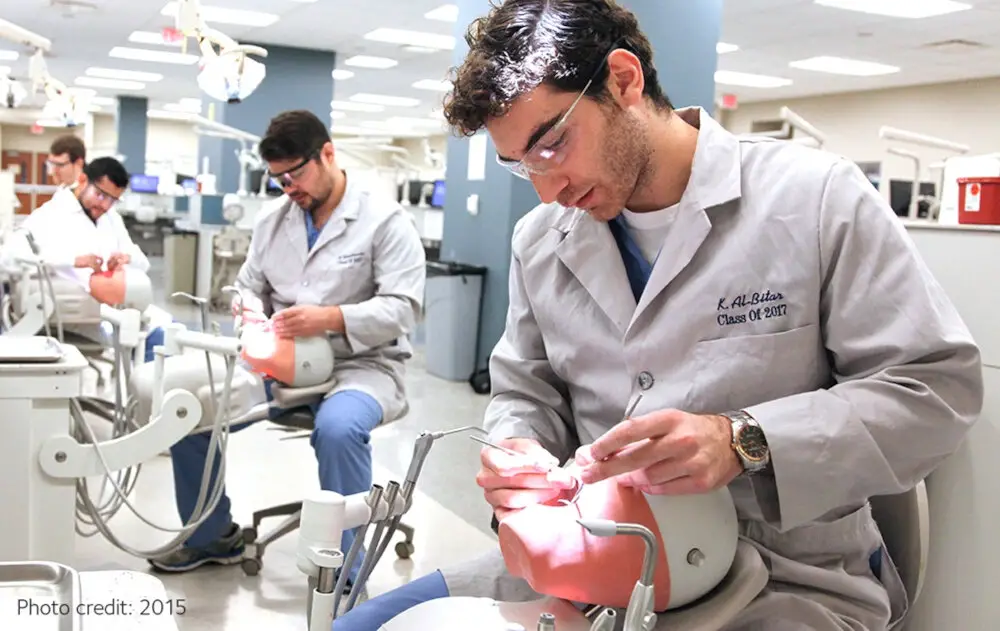
Overuse of whitening products is a major contributor to teeth sensitivity and enamel erosion. While it may be tempting to use these products frequently to achieve a brighter smile, doing so can actually harm your dental health. Many whitening products contain harsh chemicals that can erode the enamel on your teeth, making them more susceptible to damage and decay. This can lead to tooth sensitivity, which can be painful and uncomfortable. In addition, overuse of whitening products can cause your teeth to appear translucent, giving them a grayish appearance that is not aesthetically pleasing. It is important to follow the instructions on whitening products carefully and to avoid using them too frequently. In addition, it is always a good idea to consult with a dental professional before using any new whitening products. Your dentist can help you determine the best course of action for achieving a brighter, whiter smile without causing harm to your teeth. By following these guidelines, you can achieve the results you want while maintaining good dental health.
Excessive use of teeth whitening products can cause damage to the teeth and gums. The bleaching agents in these products can remove the outermost layer of enamel, leaving teeth more sensitive and prone to decay. Overuse can also lead to gum irritation and even chemical burns. In extreme cases, teeth whitening can cause irreversible damage to the tooth structure, resulting in a translucent or gray appearance. It’s important to follow the instructions provided with teeth whitening products and to consult with a dentist before use, especially if you have pre-existing dental conditions.
If you’re looking for a safer alternative to whitening your teeth, there are several options available. One option is to use natural remedies such as baking soda, hydrogen peroxide, or activated charcoal. These can be used in moderation to gently remove surface stains. Another option is to visit a dental professional for a professional whitening treatment. This is a safer option than using over-the-counter whitening products as it is done under the supervision of a trained professional. Additionally, they can customize the treatment to your individual needs for optimal results while minimizing the risk of damage to your teeth and gums.
Underlying Health Issues
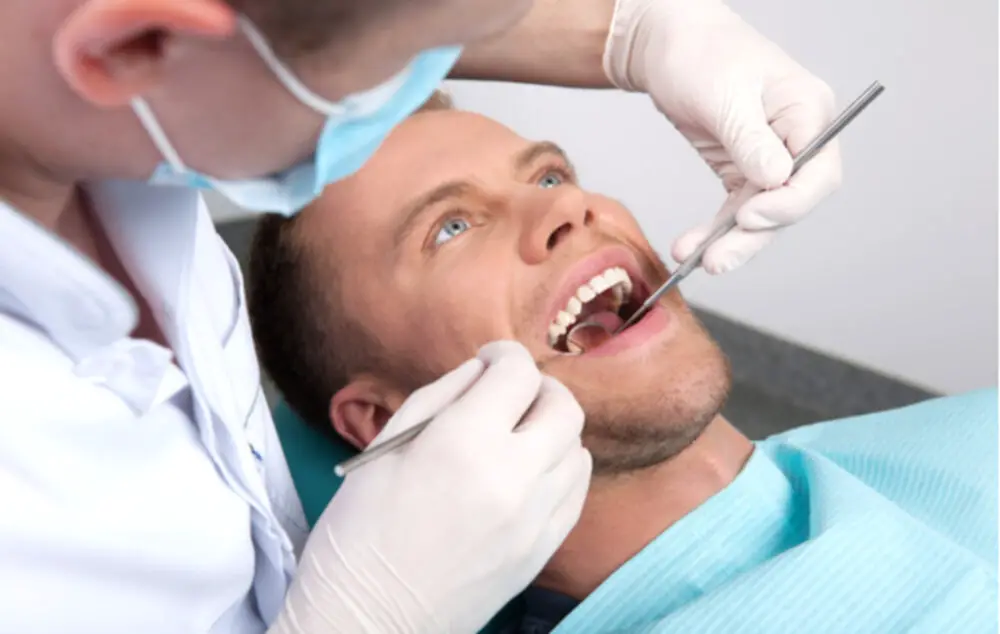
Underlying health issues are one of the most common reasons why teeth won’t whiten. Certain medical conditions, such as diabetes, can cause tooth discoloration, making it difficult to achieve a bright, white smile. Additionally, medications, such as antibiotics and antihistamines, can also cause tooth discoloration as a side effect. In some cases, a person’s genetics may also play a role in the color of their teeth. If you are experiencing tooth discoloration due to underlying health issues, it is important to speak with a healthcare professional to determine the best course of action. Another underlying health issue that can impact the whiteness of your teeth is poor oral hygiene. When a person doesn’t brush and floss regularly, plaque and tartar can build up on their teeth, leading to discoloration. Additionally, certain foods and drinks, such as coffee and red wine, can also cause stains on the teeth. To prevent tooth discoloration due to poor oral hygiene, it is important to maintain a regular oral care routine and visit a dentist for cleanings and check-ups. In some cases, professional teeth whitening treatments may also be necessary to fully restore the brightness of your smile.
There are various medical conditions that can lead to tooth discoloration, such as enamel hypoplasia and certain medications. Enamel hypoplasia is a condition where the tooth enamel is underdeveloped, leading to the formation of rough or pitted enamel surfaces that are susceptible to staining. Some medications, such as tetracycline antibiotics, can cause intrinsic discoloration by binding to the tooth structure and producing a yellow or gray tint. Other medical conditions like excessive fluoride intake, tooth decay, and aging can also contribute to tooth discoloration. Therefore, it is crucial to identify the underlying cause of tooth discoloration to determine the most effective treatment options.
Consulting a dentist for proper diagnosis and treatment is crucial for maintaining good oral health. When it comes to teeth whitening, there are various causes that can prevent the desired results, such as underlying dental problems, oral hygiene habits, and lifestyle factors. A dentist can conduct a thorough examination of the teeth and gums, identify any underlying issues, and recommend the best whitening options that are safe and effective for each individual. They can also provide personalized guidance on oral hygiene and lifestyle changes that can improve the overall health and appearance of the teeth. By seeking professional advice from a dentist, individuals can achieve a brighter and healthier smile while avoiding potential risks and complications.
Tooth discoloration is a common dental concern that affects the appearance of the teeth, causing them to become yellow, brown, or gray. There are many factors that can lead to tooth discoloration, including poor oral hygiene, excessive consumption of coffee, tea or wine, smoking, aging, and certain medications. Poor oral hygiene can cause a buildup of plaque and tartar on the teeth, leading to yellowing and staining. Certain foods and drinks such as coffee, tea, and red wine contain pigments that can stain the teeth over time. Smoking can also cause teeth to become yellow or brown due to the nicotine and tar present in cigarettes. Additionally, as we age, the enamel on our teeth becomes thinner, making the yellowish dentin underneath more visible. Finally, certain medications such as antibiotics can cause teeth to become discolored. Understanding the common causes of tooth discoloration can help individuals take preventative measures to maintain a bright, healthy smile.
Maintaining good oral hygiene habits is crucial for achieving and maintaining healthy teeth and gums. Brushing twice a day, flossing daily, and using mouthwash can help remove plaque and bacteria that contribute to tooth discoloration and other dental problems. Additionally, seeking professional help from a dentist or dental hygienist can provide further insight into proper oral care techniques and identify any underlying issues that may be causing tooth discoloration. It’s important to remember that regular dental checkups and cleanings can prevent dental problems from worsening and save you from the discomfort and expense of more extensive dental procedures down the line. So, take care of your teeth and seek professional help if necessary to keep your smile bright and healthy.
A healthy, confident smile can have a significant impact on our personal and professional lives. It not only enhances our appearance but also boosts our self-esteem and overall confidence. A bright and healthy smile can leave a lasting impression on others, making us more approachable and likable. On the other hand, discolored and damaged teeth can make us self-conscious, causing us to hide our smile and avoid social situations. Therefore, it’s essential to take good care of our teeth by practicing good oral hygiene and seeking professional dental care when necessary. Investing in a healthy, confident smile is a worthwhile investment in our overall well-being and quality of life.
Conclusion
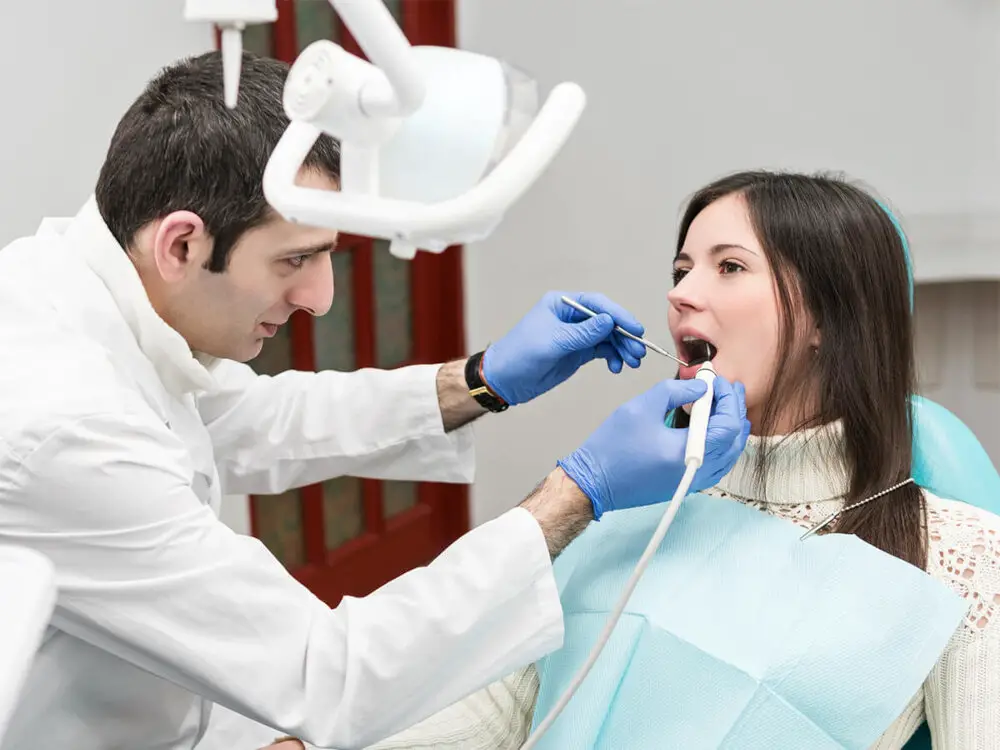
In conclusion, there can be various reasons why your teeth won’t whiten, ranging from lifestyle habits to underlying medical conditions. However, with the right approach and effective solutions, you can overcome these hurdles and achieve a brighter, healthier smile. From maintaining good oral hygiene practices to seeking professional treatment options, there are many ways you can take control of your dental health and transform your smile for the better. By understanding the common causes of teeth discoloration and taking proactive steps to address them, you can enjoy the confidence and satisfaction that comes with a brighter, more radiant smile.
